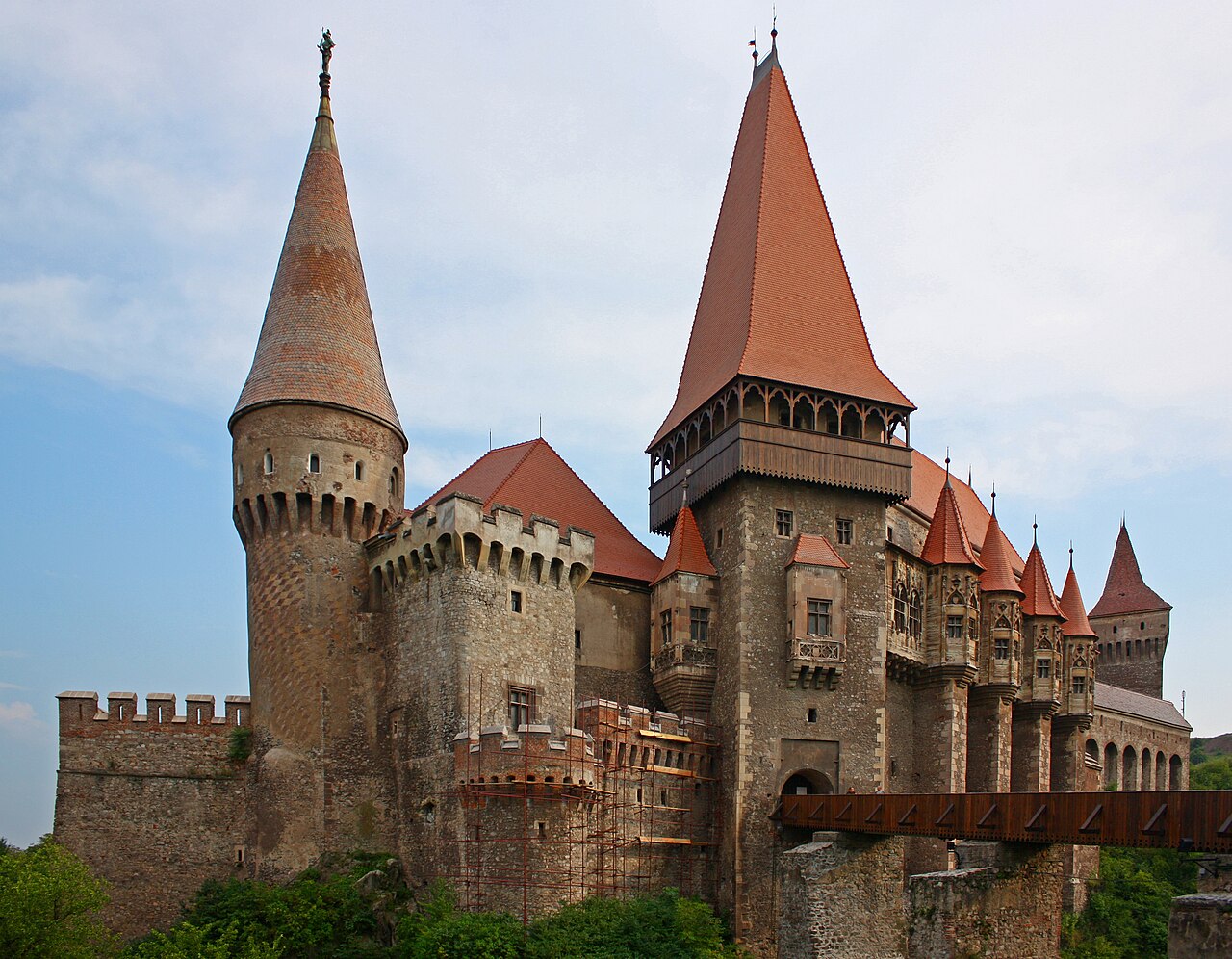 HUNEDOARA
HUNEDOARA
Hunedoara is famous for two things – the gloomy steelworks and the well-preserved 14th-century gothic castle. Industrial factories, so effectively disfiguring the area, could have been built elsewhere, but Ceausescu wanted to destroy the symbol of Hungarian rule in this way.
W 1409 r. the king of Hungary, Zygmunt of Luxemburg, handed over the castle to Prince Voic, Father John of Hunedoara, in return for his heroic deeds. Voicu's successors, Jan z Hunedoary (Janos Hunyady) and his son Maciej Korwin, introduced a lot of innovations to the castle buildings, turning it into a beautiful castle. Further changes (and at the same time the last important for the character of the whole) it is the work of Prince Gabriel Bethlen, ruling Transylvania in the 17th century. The most impressive parts of the fortress come from the 15th century., although some have renaissance and baroque features. He's in the castle 50 chambers, some decorated with antique wall paintings.
Even though surrounded by smoking chimneys, glow from blast furnaces and crane trusses, fortress – with three great pointed towers, a drawbridge and high walls – it has not lost its picturesqueness. Five marble columns support the light ribbed vaults of two rooms (1453): Poselska upstairs and Rycerska downstairs. 30-Turkish prisoners of war dug a one-meter well in the solid rock.
Currently, Hunedoara is not of interest to those who seek romantic gothic scenery, but mainly environmentalists and Greenpeace activists. You can get here by train to Simeria (on the line Arad-Sibiu-Bucharest) and change to a passenger there (9 daily, 15 km). Lock (closed. pn.) is located 2 km from the station.